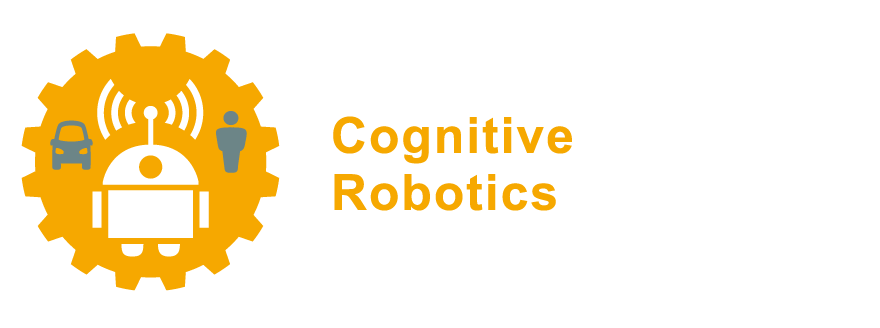2.3. Graphical User Interface#
Note
The exercises up to Section 2.3.3 are specific for Ubuntu, and do not fully apply if you are working on any other Linux distribution.
As mentioned in Section 2.2.3, the graphical user interface is not a required part of a Linux distribution. The X Windows system, window manager and desktop environment are all just building on top of a core kernel and a shell for executing commands. We will come back to the shell in Section 2.4, but for now we will start with the window system, which is probably the most familiar to you.
By default, Ubuntu uses GNOME Shell as its desktop environment, as shown in Fig. 2.3, and uses the Mutter window manager (previous versions use Unity and Compiz).

Fig. 2.3 The Ubuntu GNOME Shell Desktop#
The GNOME Shell desktop consists of four main elements: the Dock, the Apps button, the Activities menu and the top bar.
The top bar, is as expected, on the top of the screen, and is divided on three sections, the active application menu on the left, the clock/calendar and notifications in the centre and the system status and user menu on the right.
The Dock is the button bar on the left of the screen. Its function is similar to the Windows taskbar: it indicates currently running applications, can be used to start or switch applications and also supports locking (or pinning).
The Activities menu can be found on the top left corner of the screen, when clicked, it provides an easy way to identify and switch between running applications, it also allows to move an application windows to different workspaces.
Finally, The Apps button is the nine dots button on the left-bottom of the screen, it can be used to view and launch installed application, and it supports text based searching through applications.
By default, Ubuntu includes a lot of applications that you would expect, including a complete office suite. They are all accessible via the Applications. A lot of effort has been put into making these programs work together, and look similar. As conforming to a single standard is not the normal behavior of the free-spirited Free Software community we described in Section 2.2.2, this is quite an achievement!
Exercise 2.1
Take a few minutes to explore the available programs. Click on the Applications button at the left-bottom of the screen to show all installed programs. Search for all applications that contain the word internet in their name. What is the default messaging client in Ubuntu? Start a text editor, write a sentence and save your file under the name myfile.txt.
As the history of Unix and Linux is primarily grounded in academic networks, many Internet-enabled applications are available, such as the Firefox browser, instant messaging and social network clients, etc.
The default Ubuntu email client is called Thunderbird, and it somewhat resembles Microsoft Outlook.
Of course you’ll want to keep your browser (or instant messenger, etc.) open while working on your exercises. Because displays are expensive, almost all window managers support multiple virtual desktops, between which you can switch easily. To switch between workspaces, you can either use the mouse or the keyboard. With the mouse, open the Activities menu and click on a workspace in the workspace selector on the right side of the screen. With the keyboard, press Super + Page Up/Page Down or Ctrl+Alt+Up/Down. To remove a workspace, simply close all of its windows or move them to other workspaces[1].
Exercise 2.2
Open the Activities menu (top-left), switch to the second workspace and start a text editor. Then go back to the first workspace using the Ctrl+Alt+Up shortcut and start the Calculator application (in some cases you need to use Ctrl+Alt+Left or Right instead). Right-click on the title bar and set Always on Visible Workspace. Now return to the second workspace. What happens?
